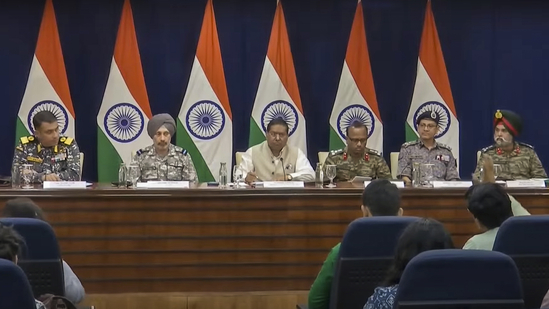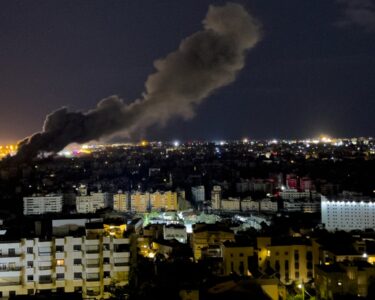India Under Fire: Missile and Drone Attacks From Pakistan Thwarted, Cities Face Blackouts in Security Push
By Staff Correspondent | Updated: May 9, 2025 | Jammu, New Delhi
In a serious escalation along the Indo-Pak border, Indian armed forces successfully intercepted multiple Pakistani drones and missiles aimed at key defence zones late Thursday night. The attacks—targeting military facilities in Jammu, Pathankot, and Udhampur—were part of a broader retaliation from Pakistan, hours after India confirmed a preemptive airstrike on air defence systems in Lahore.
The Ministry of Defense reported no casualties or structural damage, crediting rapid activation of anti-aircraft systems and non-kinetic electronic warfare tools.
Coordinated Pakistani Strikes on Indian Military Zones
According to defence sources, dozens of drones and at least a few guided missiles were launched from across the border shortly after 9:30 PM IST. Their primary targets appeared to be airbases and logistics hubs in Jammu & Kashmir and northern Punjab.
“All airborne threats were detected and neutralized in real time,” said a top Indian Air Force official. “Our radars were tracking movement early on. Surface-to-air batteries were deployed instantly.”
Officials stated that the missile intended for Jammu was intercepted mid-air by India’s Akash missile system, while drone swarms over Pathankot and Udhampur were brought down using RF jammers and anti-drone guns.
Strategic Blackouts in Border Cities
As part of a calculated military response, blackouts were enforced across over 15 cities, including Amritsar, Chandigarh, Jaipur, and Jodhpur. These power cuts were not a result of damage but were executed to reduce visibility and disrupt enemy targeting systems.
“Low visibility can disrupt the guidance systems of incoming drones and cruise missiles,” explained a senior Army official. “This is a standard protocol during heightened aerial threat scenarios.”
The move caused confusion among civilians but is being hailed by military experts as a proactive and effective shield.
India’s Preemptive Strike on Lahore Air Defence Sparked Retaliation
Earlier on Thursday, India confirmed that it had conducted a targeted strike on Pakistani air defence infrastructure, particularly focusing on radar installations in and around Lahore.
India’s Defence Ministry released a brief statement claiming that the “neutralization of Pakistan’s radar capabilities” was aimed at preventing a larger cross-border escalation and eliminating the threat of hostile aerial action.
The strike followed growing intelligence suggesting preparation of missile assets on the Pakistani side of the LoC.
No Civilian Harm, Military Vigilance on High Alert
Despite the intensity of the cross-border strikes, no civilian injuries or deaths have been reported so far. Defence sources attribute this to effective civil-military coordination, especially in swiftly implementing local lockdowns and air raid protocols in sensitive areas.
Highway patrols, aerial surveillance, and troop movements have intensified near border regions, with Western and Northern Commands placed on alert.
India, Pakistan NSAs Maintain Backchannel Dialogue
Interestingly, despite the active conflict, sources in New Delhi revealed that India and Pakistan’s National Security Advisors (NSAs) are in informal contact.
“This does not imply peace talks,” a senior government official clarified. “It is standard to keep some communication channels open to avoid full-scale escalation.”
While the situation on the ground remains tense, diplomatic backchannels may offer a crucial buffer in the coming days.
What This Means for India-Pakistan Relations
Analysts are calling this the most dangerous flare-up between the two nuclear-armed neighbors since the 2019 Balakot airstrikes. With advanced drone warfare now a regular feature, the strategic calculus of cross-border engagement has changed.
“Both sides now have highly capable, mobile air defence systems and the ability to wage precision drone wars,” noted retired Lt. Gen. Shankar Menon. “This makes the current scenario highly unpredictable.”
International observers, including the United Nations and the United States, have called for immediate restraint from both sid
The missile and drone attacks targeting Indian military facilities—and India’s swift response—mark a significant moment in the escalating India-Pakistan military standoff. With strategic blackouts, electronic warfare, and air defence systems playing a pivotal role, the night of May 8-9 may well be remembered as a turning point in modern South Asian military engagement.
As the region holds its breath, both military and diplomatic actors face a race against time to either de-escalate or risk a broader conflict.





